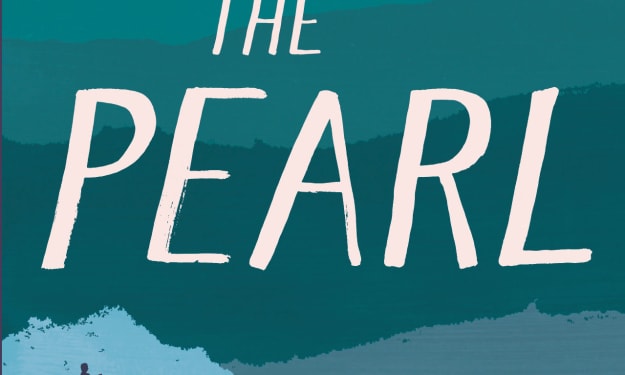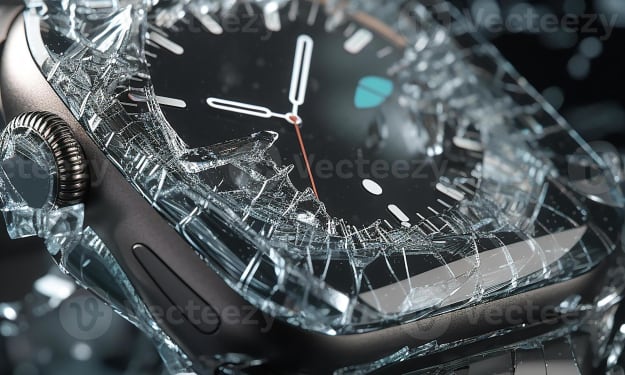Protecting the Finisher: Storytelling Devices in Professional Wrestling
Storytelling devices exist across all forms of storytelling and Professional Wrestling is no different.

What is a Finisher?
A finisher is the move that a professional wrestler uses to end a match in victory. After a hard fought contest of trying to incapacitate an opponent with a series of blows and maneuvers, a wrestler will begin to look for an opening where they can hit a maneuver that will end the match. This move is typically devastating and when struck, it means that the match is going end with the referee slapping the mat three times to signify the victory of one competitor over another.
Perhaps the most mainstream famous finisher or finishing maneuver is the RKO, the finisher of one Randy Orton of the WWE. For a time, Orton's finisher became a popular meme as it could be hit, outta nowhere. Kids playing around swimming pools would run and grab a friend around the neck and pull them into pools outta nowhere. Memes of Orton grabbing his opponent around the neck and slamming them to the mat as their chin rested upon his shoulder began to pop up in animated GIF form in the mid to late 2010's in ubiquitous fashion.

In the parlance of professional wrestling, the RKO is a well 'protected' finishing maneuver. What does that mean? Well, as a storytelling device, the RKO was the end of a story for whatever opponent stood across the ring from Randy Orton. For a time, no one, not even the biggest stars in the wrestling industry were allowed to 'kick out' of the RKO. Once the blow was struck, the match was over. Kicking out is another kind of wrestling storytelling device, one key to some of the best drama in professional wrestling. Kicking out when it appears that you are about to lose a match is a big moment, it's a storytelling crescendo, a moment of breathless wonder for fans rooting for a hero to overcome the odds and come back to win or for fans hoping that a hated foe had finally been vanquished.
Thus, the fact that no one ever kicked out of the RKO, built the importance of the move. In terms of long term storytelling, if a finishing maneuver like the RKO is never kicked out of, it means that if someone ever did kick out of it, that person would gain a particular level of prestige. Only the most valiant and resilient of babyface heroes or the most dastardly of hated foes could ever come close to kicking out once Randy Orton hit the RKO Outta Nowhere. It's a storytelling device so well established in WWE lore that when Randy goes to the biggest shows of the year and competes in the biggest matches of his career, whether or not he can hit the RKO is a major part of the story of the show and the match he's competing in.

In an interesting aside, and a good way to put over the effectiveness of the RKO in WWE Lore, there are many who find the wrestling style of Randy Orton to be rather drab. For many years, Randy's work rate, the amount of effort he puts in during his televised wrestling matches, has been mocked by fans in the know. But one thing that no one mocks is the RKO. So well put over in WWE lore is the RKO that even those who despise Orton as a wrestler must begrudgingly admit, the move is a very effective storytelling device.
The RKO is just one example of what can happen when WWE storytellers go out of their way to make a move look invincible. The RKO hides the flaws of Randy Orton and makes him more fearsome than he might otherwise be. It's given Orton a nearly 20 plus career in the WWE simply because an RKO Outta Nowhere remains an unquestioned match ending event, thus rendering Orton a perennial winner in the ring. That's storytelling, that's how you can use a device, in this case, a maneuver, to make a character even more effective than they would be without that device.

You can apply the same logic to any other type of storytelling. Think of a character. Now think of a quality in that character that you consider unassailable, definitive, a reason to care about that character. That's a storytelling device. That is that character's RKO Outta Nowhere. Your next step in telling that story is challenging that unassailable quality and seeing if the RKO can withstand your storytelling assault. In the final act of your story you can chose to have someone kick out of the RKO, overcome the seemingly unassailable qualities of your character and create drama in how your character can comeback from losing their version of the RKO.
Or you can have your character strike a winning blow by having their winning trait, their RKO withstand an onslaught of some kind and still come up victorious. Both are worthy ways of creating drama. Each is a unique way of crafting a character journey. That trait, that quality, that RKO, is your device for creating drama, suspense, or even comedy. Testing the mettle of your character is an urgent part of some of the best storytelling. If you can establish a quality about a character and then effectively challenge that quality, you are telling a story.

Find my archive of more than 20 years and nearly 2000 movie reviews at SeanattheMovies.Blogspot.com. Find my modern review archive on my Vocal Profile, linked here. Follow me on Twitter at PodcastSean. Follow the archive blog on Twitter at SeanattheMovies. Listen to me talk about movies on the Everyone's a Critic Movie Review Podcast. If you've enjoyed what you have enjoyed what you have read, consider subscribing to my work on Vocal. If you'd like to support my work on Vocal you can do so by making a monthly pledge or by leaving a one time tip. Thanks!
About the Creator
Sean Patrick
Hello, my name is Sean Patrick He/Him, and I am a film critic and podcast host for the I Hate Critics Movie Review Podcast I am a voting member of the Critics Choice Association, the group behind the annual Critics Choice Awards.






Comments
There are no comments for this story
Be the first to respond and start the conversation.